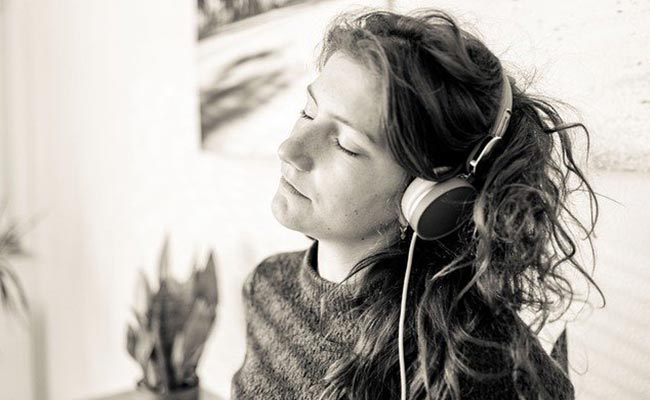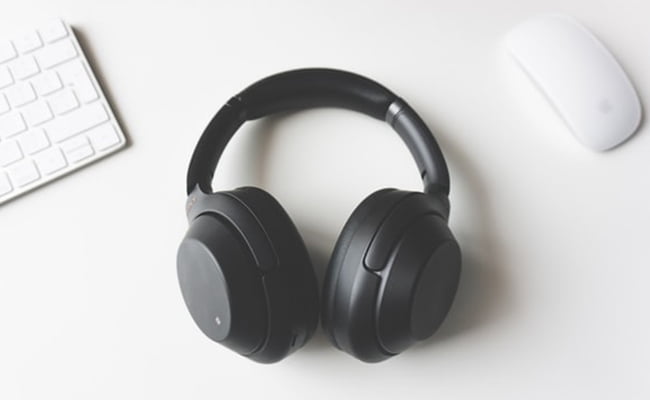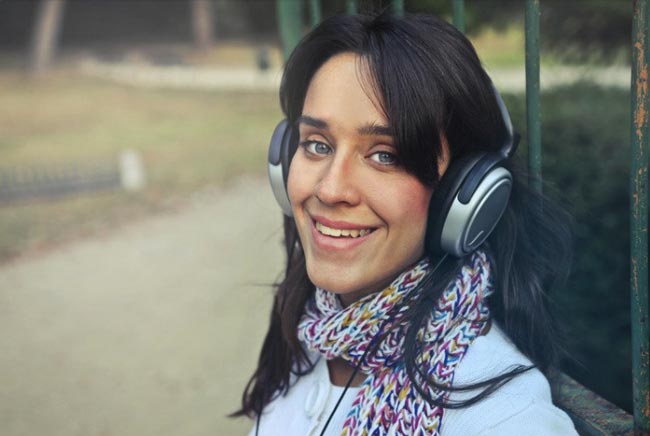Delta brainwaves are most abundant in deep sleep (stage N3), an important regenerative period where the body heals and repairs itself. Without enough of this deep sleep, we are unable to properly recover and heal. The first cycle of Stage N3 sleep lasts around 45-90 minutes, and the cycles get shorter as your night’s sleep goes on. As we age, we experience less deep sleep, to the point where at an old age we may experience little to none.







